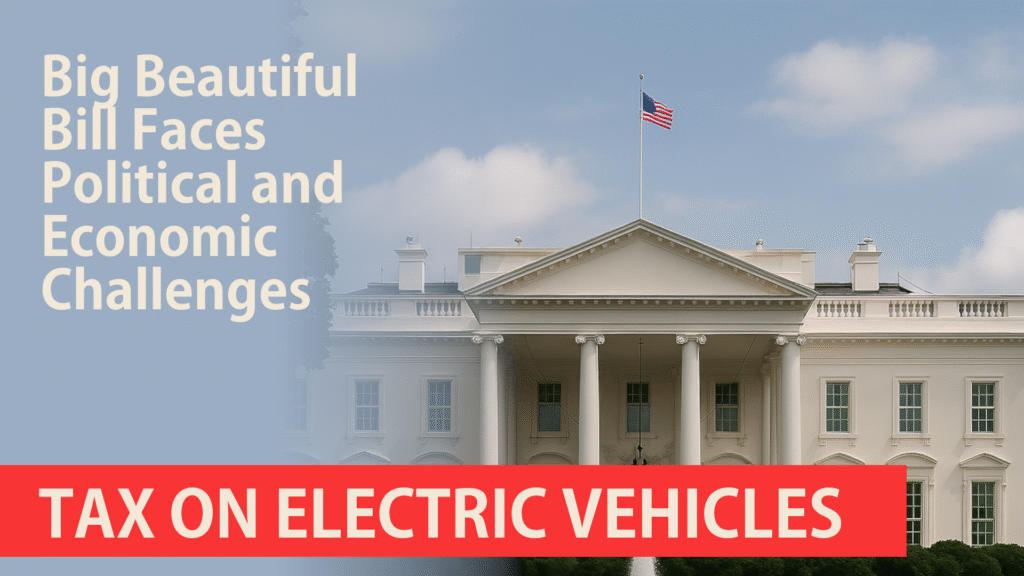
In a parallel world, the administration led by President Trump has introduced its latest legislative masterpiece: “The Big Beautiful Bill.” This monumental piece of legislation aims to address national infrastructure needs while incorporating an intriguing provision that could significantly impact the automotive industry. At its core is a hidden tax on electric vehicles (EVs), designed to compensate for the decline in gasoline sales as more people opt for cleaner, more efficient EVs.
Understanding the Policy Context
The rationale behind the EV tax is multifaceted. Given the shift towards electric mobility and the subsequent decline in gasoline usage, the administration seeks to maintain energy supply stability through a mechanism that encourages further adoption of EVs. This tax could also serve as an economic tool to preserve jobs in traditional automotive sectors, which are struggling due to competition from more affordable and efficient electric vehicles.
Potential Implications on Society
One immediate concern is the potential economic burden this tax would place on vehicle manufacturers, particularly those specializing in EV production. Higher taxes on EVs could lead to increased costs for consumers, potentially deterring further adoption of electric vehicles. Additionally, the revenue generated from this tax is intended to fund critical public infrastructure projects, creating a unique balance between encouraging electric mobility and supporting traditional industries.
Political and Social Reactions
The reaction to this bill has been predominantly mixed. Supporters view it as a strategic adjustment necessary to ensure energy security and promote long-term sustainability goals. Critics, however, accuse the administration of protectionism that could stifle innovation and hinder economic growth. There are also concerns about job losses in traditional automotive sectors, which have been severely affected by the rise of EVs.
Economic and infrastructural considerations
The integration of this tax into the bill raises questions about its alignment with broader infrastructure spending goals. While the intention is to fund new energy projects through public infrastructure, the use of tax revenue from EV sales could inadvertently reinforce the shift towards electric mobility, potentially magnifying existing trends in the industry.
Potential Solutions and Compromises
To mitigate potential negative impacts, administration officials are exploring phased implementation strategies for the EV tax. There has been consideration of differentiating between private and government-owned vehicles to minimize economic disparities. Furthermore, discussions about using tax revenue to offset other costs associated with EV adoption have begun, aiming to create a balanced financial ecosystem.
Conclusion
The introduction of “The Big Beautiful Bill” with its hidden EV tax presents both opportunities and challenges for the nation’s future. While it offers a novel approach to addressing energy supply concerns and promoting sustainability, it also raises significant economic and political questions about job preservation and innovation in the automotive sector. The ongoing debate within and outside the administration about the implementation and impact of this bill will undoubtedly shape its trajectory in the years to come.
This article reflects a balanced perspective on the motivations behind “The Big Beautiful Bill,” acknowledging both its potential benefits and the concerns it raises, providing readers with an informed overview of this pivotal legislative decision.